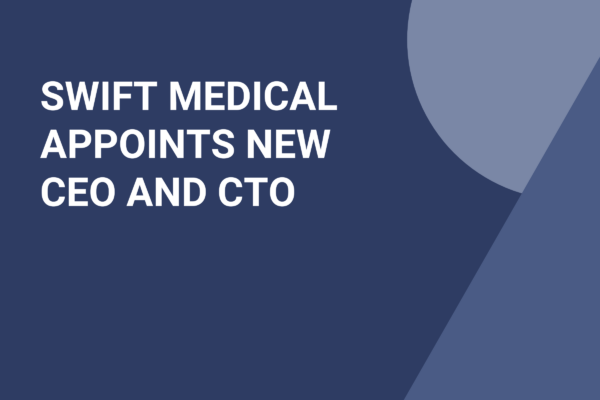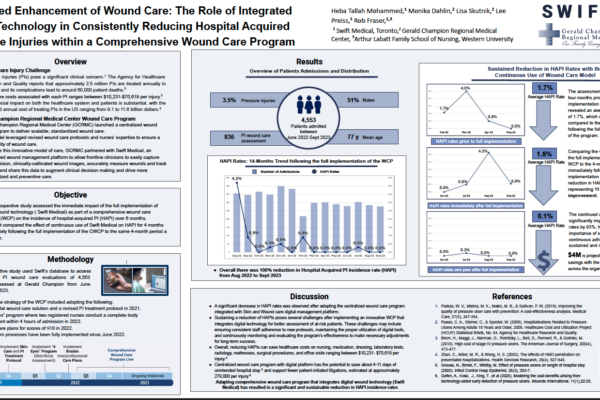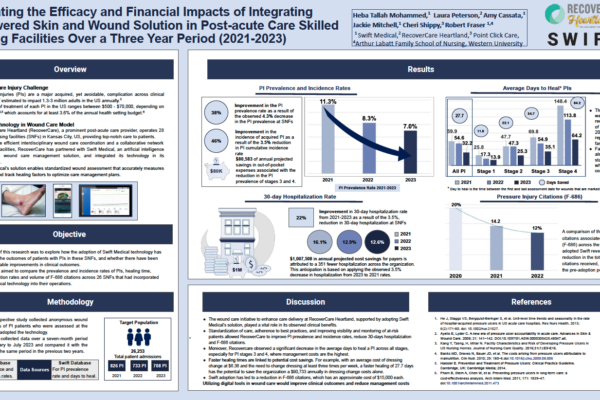While the effects of pressure injuries (PIs) on patients are generally well understood (decreased quality of life, as well as increased morbidity, mortality, and costs), until now, less attention has been given to the financial and clinical risks they pose to health care providers. The recent article by Dr. Sheila C. Wang and colleagues, “Financial and Clinical Risk Evaluation of Pressure Injuries in US Hospitals: a Business Case for Initiating Quality Improvement”, addresses this gap by providing a comprehensive assessment of both the financial risks (treatment costs and the impact of reimbursement policies) and the clinical consequences of pressure injuries.
Overview of Pressure Injuries in US Hospitals
In the United States, in an effort to encourage hospitals to improve the quality of care provided, the Centers for Medicare & Medicaid Services (CMS) and insurers have put non-payment policies in place for hospital-acquired conditions (HACs). As a result, hospitals bear the sole financial responsibility for these conditions, including pressure injuries. These non-payment policies include the Hospital-Acquired Conditions Present on Admission provision (HAC POA), implemented in 2008, and the Hospital-Acquired Condition Reduction Program (HACRP), implemented in 2015, which requires the CMS to lower inpatient reimbursement by 1% for hospitals with the highest HAPI rates.
Legal Implications of Pressure Injuries
Au and Wang also outline the legal implications of PIs. Following the passage of the Omnibus Budget Reconciliation Act in 1987, malpractice lawsuits soared in the United States. Currently, there are more than 17,000 lawsuits that relate to PIs each year, and in 2005, verdicts in these lawsuits favored plaintiffs in the majority of cases. The median settlement in these cases was $1.06 million.
Understanding the Impact and Results of PIs Using a Financial and Clinical Calculator
In order to better understand the impact of pressure injury prevention for health care providers, Au and Wang have created a financial and clinical calculator. The calculator includes the direct costs of treatment, penalties imposed by payers, litigation costs, and the additional costs associated with longer patient stays and mortality.
The results for a hypothetical 160-bed hospital show that the biggest drivers of PI risk are the loss of reimbursement due to nonpayment of treatment costs resulting from HAC policy (with an estimated total risk of $3.87 million annually) and litigation (estimated total risk of $2.1 million annually). The pressure injury risk due to HACRP is comparatively small, at $5,434 annually.
Au and Wang also point out due to the assumptions made by the calculator, the total calculated PI risk of nearly $6 million each year may be a conservative estimate. They also outline the serious clinical risks posed by PIs. With each PI adding 4 additional hospital stay days, the total additional LOS due to PI is 911. This equates to 16.4 additional PI deaths annually at this hypothetical hospital, and results in 149 fewer new patient admissions.
Given the results of this research, Au and Wang make a strong case for the need to introduce quality improvement initiatives, not only to achieve better patient outcomes, but also to optimize hospital revenue. The authors point out that taking action to prevent PIs gives hospitals a way to minimize the losses due to treatment costs and reduce the risks due to litigation. In addition, there is a financial incentive to reduce PIs, through “bonuses from incentive programs such as those instituted by the CMS and private payer value-based purchasing systems that reward HAC reduction.”
Alternative Solutions
Looking at alternative solutions, Au and Wang cite a QI study that studied the impact of a digital wound management system on the incidence of PIs in a skilled nursing facility. The results were encouraging: the system resulted in a 77% reduction in PIs among long-stay residents. Finally, the authors point out that while not all PIs can be prevented, quantifying the total financial risk of PIs is an important factor in encouraging health care organizations to consider new preventative strategies.
There’s a better way to manage hospital acquired pressure injuries. Book a demo to learn more about how Swift Medical can help.





